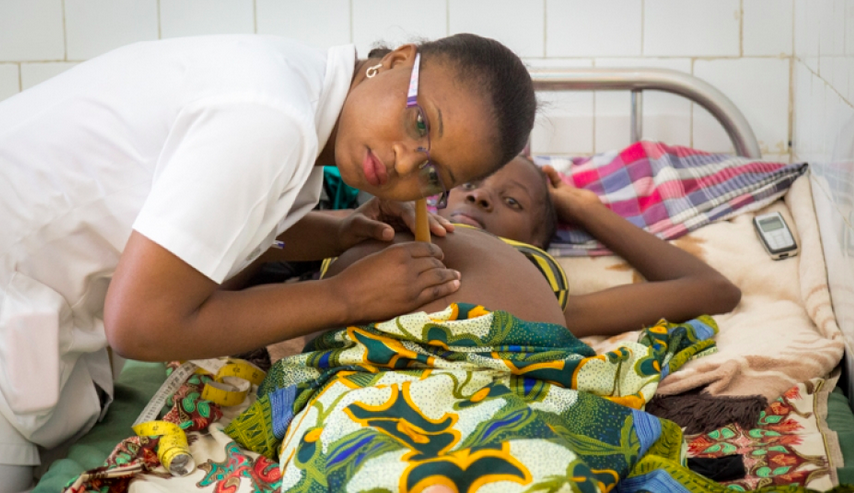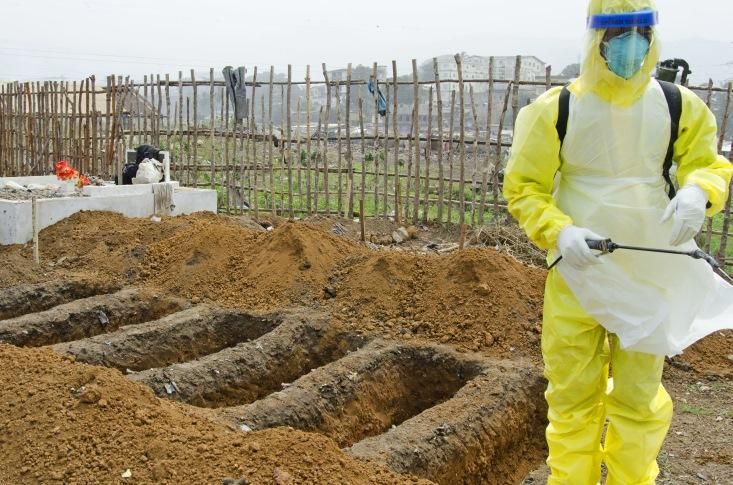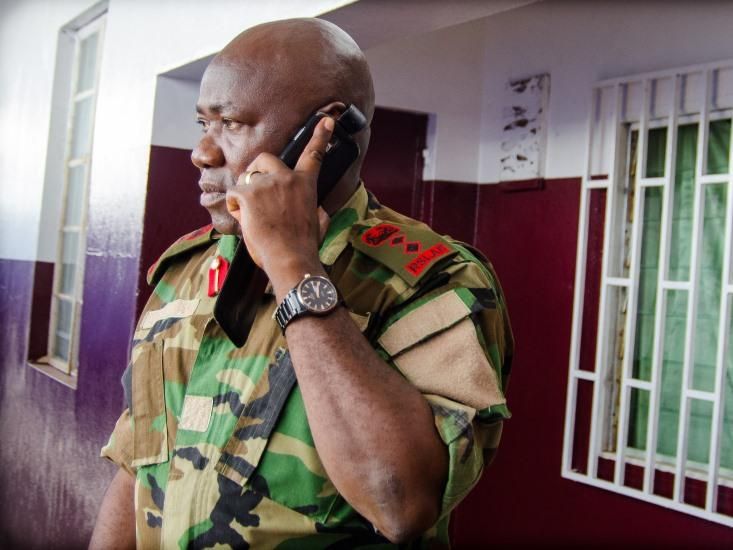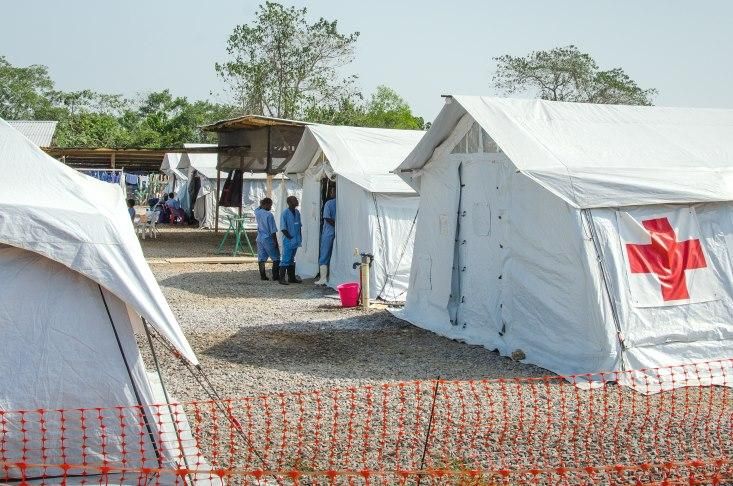Objective:
To learn about the state of health care in developing nations, and to draw conclusions about effective health care from their successes and failures. Students will also make predictions about the best way to allocate aid to hospitals and clinics.
Warm-up:
1. If you ran a clinic, how would you prioritize care? Rank the most important in each pair--if you had to choose one.
|
Doctors well-trained in their specialties |
Doctors who are general practitioners, able to perform a lot of routine surgeries |
|
Reliable equipment for diagnosing disease |
Reliable equipment for treating disease
|
|
Effective disease prevention |
Effective disease treatment
|
|
Trauma care
|
Chronic illness care |
|
Paying doctors well |
Making sure all patients have access to heath care, regardless of income
|
2. Discuss your choices with your neighbors. Explain the reasoning behind each choice.
Introducing the Lesson:
Many parts of the world lack the kind of medical infrastructure common in the U.S. In Mozambique, trained surgeons are scarce. Some West African Ebola clinics lacked adequate protection for nurses and chlorine for killing germs. And in Tijuana, Mexico, many hospitals simply don't have the resources to treat HIV. Today we'll examine each of these region-specific cases: Mexico, Mozambique, and West Africa (namely, Liberia, Guinea, and Sierra Leone) to learn how they cope with fewer resources, and how they could best change their circumstances.
The three projects we'll look at are by different journalists, all funded by the Pulitzer Center on Crisis Reporting. Keep in mind what these stories have in common, and the ways in which the three regions deal with similar problems.
Introducing Resource 1: “Mexico: No End in Sight”
1. This article uses a few key cases to demonstrate the state of HIV treatment in Tijuana, Mexico. Review the associated questions before you read the article, and underline while you read. Then, answer the questions in writing.
2. Share your responses with members of your group. (4-5 people)
Introducing Resource 2: “Mozambique’s Life-Saving Surgeons Aren’t Always Doctors”
1. Listen to the story on Mozambican health care, reported by the journalist Bridget Huber for PRI’s The World. Answer the attached questions as you listen.
2. Now, take turns discussing the big picture questions with your group.
Introducing Resource 3: “West Africa: How Slow Responses Made the Ebola Outbreak So Deadly”
Science journalist Amy Maxmen traveled to Sierra Leone in 2014, documenting Ebola clinics, front line workers—doctors, nurses, and gravediggers—and the scientists trying to cure Ebola for good. This article gives a rough timeline of events, chronicling both the spread of Ebola, and the disbursement of supplies and healthcare workers. As you read the article, make 2 lists:
- A list of the parties and/or individuals responsible for slowing down Ebola treatment
- A list of what you would have done to intervene at each of Maxmen’s checkpoints (1 month after, 3 months after, etc.)
Conclusion:
Think back to the tough choices you faced in the warm up. Consider how the three case studies we examined actually dealt with these choices. Draft one medical policy recommendation for each region: Tijuana, Mozambique, and West Africa. Address your recommendations to lawmaking bodies, making a persuasive case for each policy. Finally, draft a health care policy recommendation for the United States. What can we learn from makeshift health care systems in undersupplied countries?



















